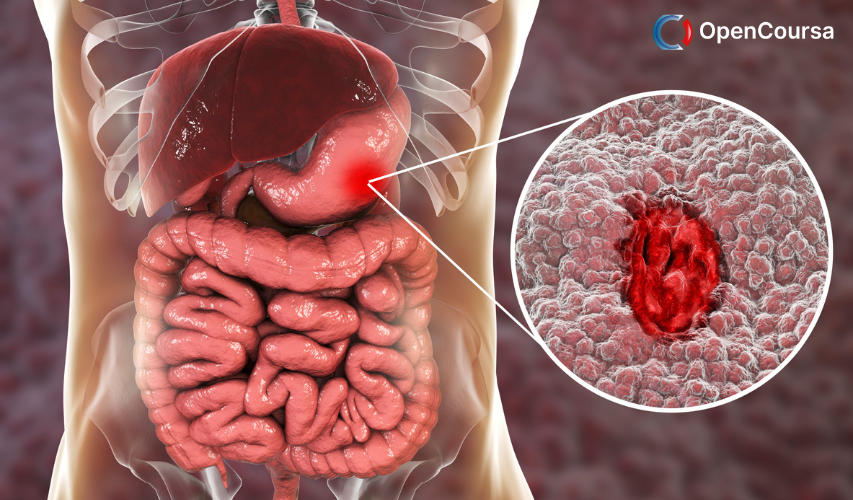Home » Course Layouts » Free Course Layout Udemy
Public health interventions need to be built on an evidence base and part of this evidence comes from epidemiology: the study of how and why diseases occur. Epidemiology is a bit like a game of detection. It involves identifying diseases, finding out which groups of people are at risk, tracking down causes and so on.
0
60
English
English [CC]
FREE
- Learn basic syntax that can apply to any language.
- Learn what is a programming language and the basic concepts for beginners.
- Understand what is Javascript in it's truest form.
- Know the basic syntax of Javascript.
- Know some hidden quirks in Javascript.
Description
Introduction
In 2006 it was reported in the media that there was, in the UK, a 60% rise in Chlamydia infection. Syphilis and gonorrhea were on the increase, while HIV infection was not diminishing. Heart disease killed more people than cancer, and more women were surviving from breast cancer. Where does this type of information, which is the stuff of public health, actually come from? How is it generated and what purpose does it serve? More importantly, is it credible? This course looks at some key types of data used in epidemiology, such as statistics on death and ill health, and introduces some techniques used in analyzing data. This course, Epidemiology: An introduction, look at some key types of data used in epidemiology, such as statistics on death and ill health, and introduces some techniques used in analyzing data.Course learning outcomes
After studying this course, you should be able to:- Explain and practice some key techniques in epidemiology
- Understand some routine methods of data analysis
- Apply these techniques in a practical sense.
Course content
-
- Defining epidemiology 00:25:00
-
- Early studies in epidemiology 00:25:00
- Measures of mortality and morbidity 02:20:00
- Descriptive epidemiology 00:20:00
- Notifiable diseases 00:15:00
- Persons: which groups in the population have health problems? 00:15:00
- Place: where do the problems occur? 00:10:00
- Time: when do health problems occur? 00:35:00
- Analytic epidemiology 00:10:00
- The epidemiological triad 00:40:00
- Types of epidemiological studies 00:05:00
- Cross-sectional studies 00:10:00
- Case-control studies 00:05:00
- Cohort studies 00:10:00
- Intervention studies 00:30:00
- Quasi-experimental design 00:20:00
N.A
- 5 stars0
- 4 stars0
- 3 stars0
- 2 stars0
- 1 stars0
No Reviews found for this course.
Instructor
Open University UK
4.8
4.8
14
43384
1068
Explore Free Courses
Access valuable knowledge without any cost.
{"title":"","show_title":"0","post_type":"course","taxonomy":"course-cat","term":"engineering-skills,health-and-safety","post_ids":"","course_style":"free","featured_style":"course6","masonry":"","grid_columns":"clear4 col-md-3","column_width":"268","gutter":"30","grid_number":"4","infinite":"","pagination":"","grid_excerpt_length":"20","grid_link":"1","grid_search":"0","course_type":"","css_class":"","container_css":"","custom_css":""}










